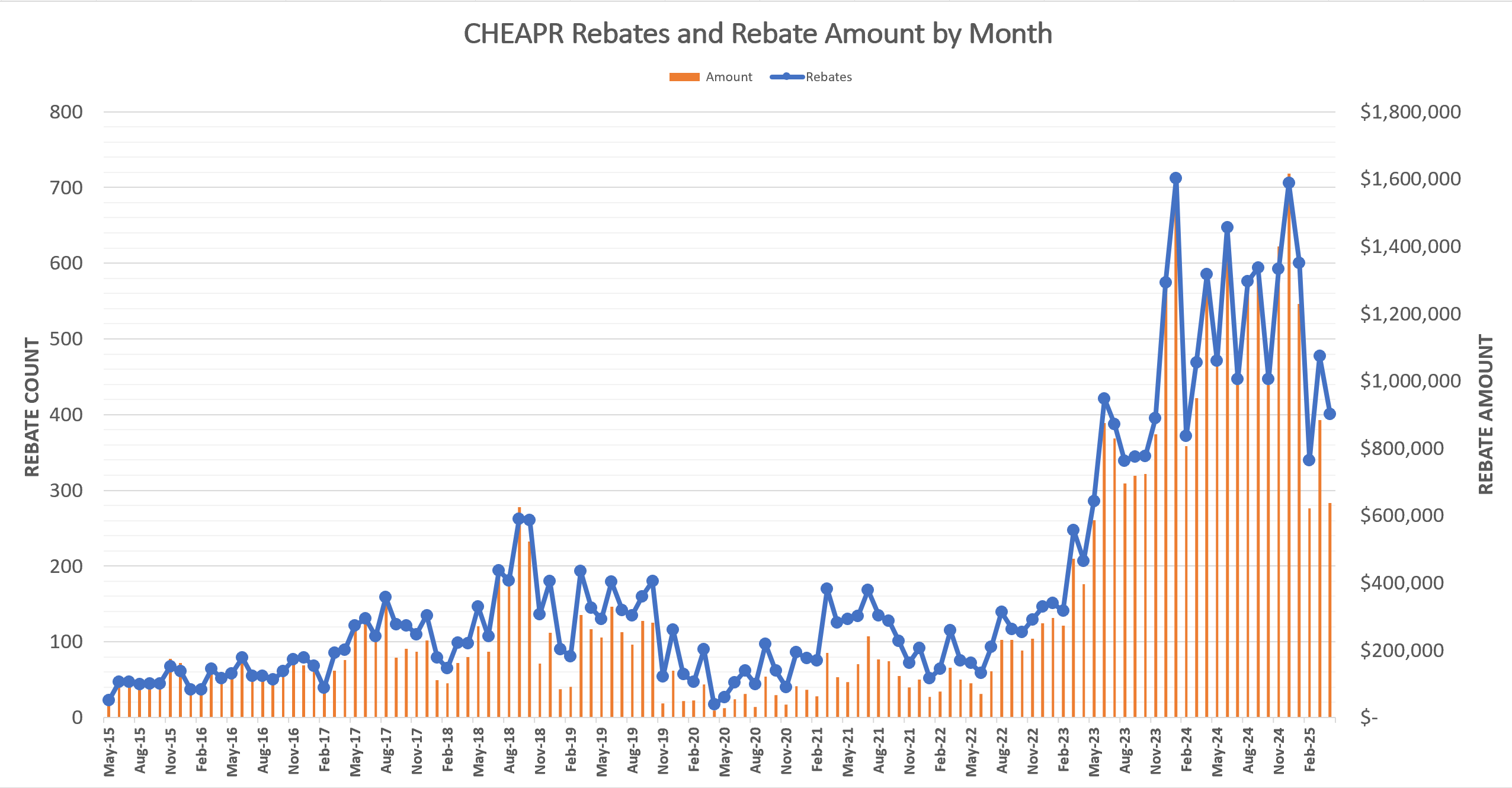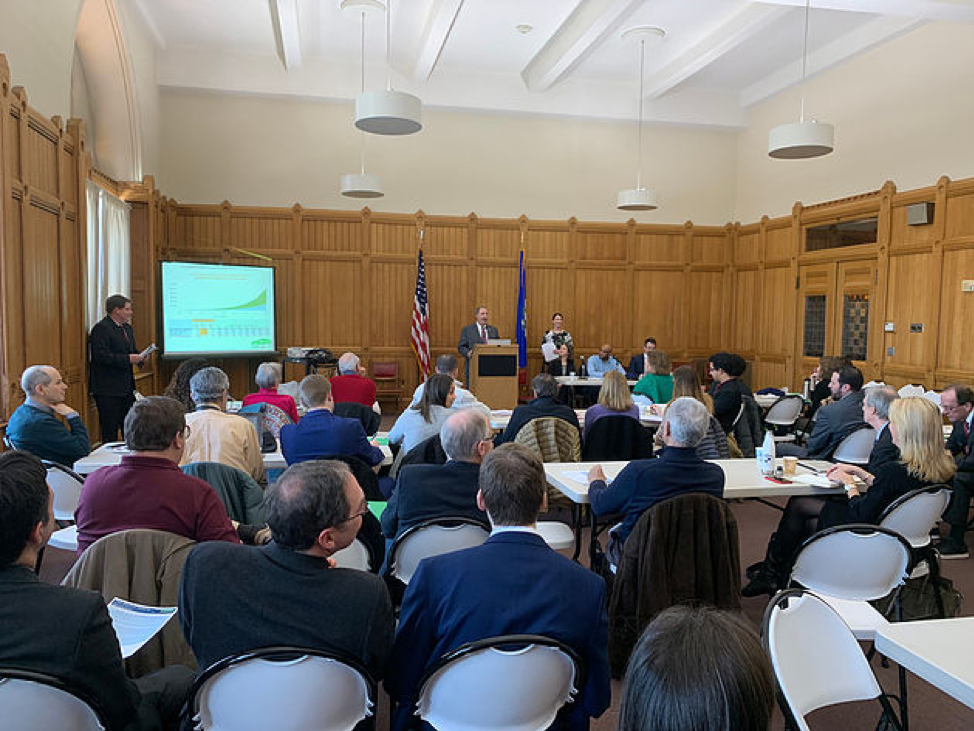CHEAPR Incentive Held Steady In A Complex Landscape
Further $500 Reduction on Hold As far back as last year, when DEEP reduced the standard purchase incentive for a BEV from $2250 to $1500 (which took effect on January 1 of this year), the … Read more






